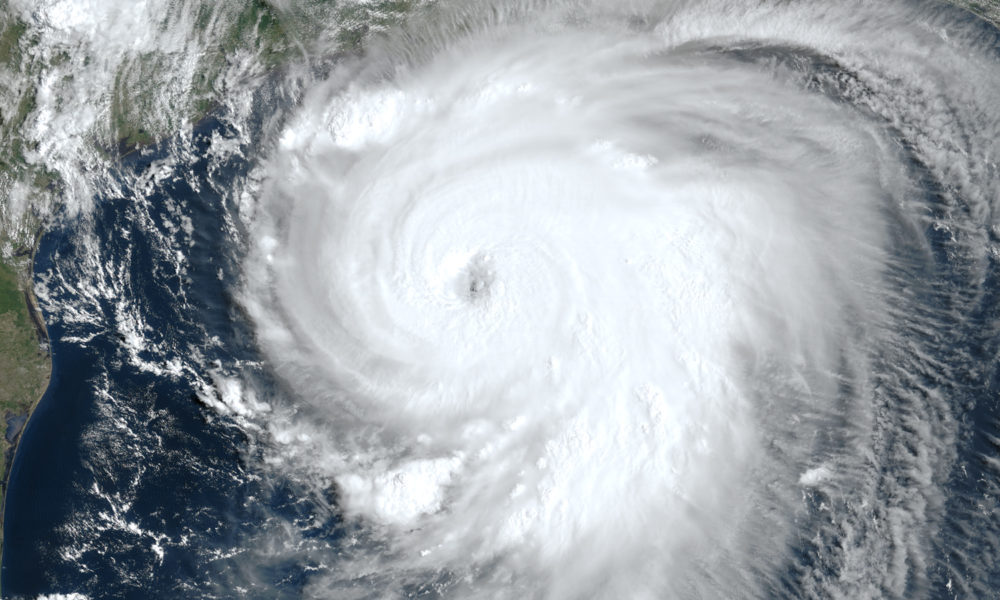With so much going on in the news these days regarding the pandemic, extreme weather events including the ‘dual’ Hurricanes Laura and Marco, massive and numerous wildfires in California, hurricane-force derecho in Iowa and other parts of Midwest and the social justice unrest, you may not have noticed some of the President’s recent executive orders. On August 8, in response to the Congressional stalemate on passing a coronavirus relief package and their failure to renew benefits to individuals who have lost wages due to the COVID-19 economic crisis, the President signed an executive order bypassing Congress. The executive order’s purported aim is to restore the $400 weekly enhanced federal unemployment benefits.
On the surface it would seem that the executive order solved the Congressional impasse and by doing so ensured that badly needed resources would be allocated to individuals who have lost wages due to the pandemic, right? WRONG. Here are three reasons why the executive order is bad policy:
1. It’s robbing Peter to pay Paul:
The executive order action was yet another unorthodox move as it activated a raid of the Federal Emergency Management Agency’s (FEMA) Disaster Relief Fund (DRF) to pay for the lost wages assistance COVID relief program. The DRF is the primary federal disaster relief program that makes funds available to states, tribal, local and territorial governments for disaster response and recovery. The executive order would take up to $44 billion of FEMA’s disaster relief funds to pay for the COVID-19-related unemployment claims, leaving $25 billion for FEMA, a cut of almost one-third. Yet, by all accounts, communities across the nation are going to need disaster assistance more than ever, especially as these “natural” disasters are hitting communities who are already stretched thin by the impacts of COVID-19. The executive order also ignores basic constitutional guardrails by taking over Congress’s “power of the purse.” One Republican Senator who was particularly critical of the move called it “unconstitutional slop” while experts say it’s an “administrative nightmare” given the rules on how to spend the disaster relief funds under the Robert T. Stafford Disaster Relief and Emergency Assistance Act.
2. It ignores the science:
By raiding the disaster relief fund, the executive order action ignores the science by federal agencies who have warned that extreme weather and climate change related disasters: 1) will continue to get worse without action to reduce greenhouse gas emissions; 2) have cost us billions of dollars and that these costs are on the rise, and 3) this year’s hurricane and wildfire seasons will be active ones.
- A national assessment: With the release of the Fourth National Climate Assessment, 13 federal agencies under the S. Global Change Research Program (USGCRP) warned that climate change “creates new risks and exacerbates existing vulnerabilities in communities across the U.S.”
- “Worrisome trends” of costs: At the start of 2020, the National Oceanic and Atmospheric Administration (NOAA) summarized the last decade as “a landmark” and “unprecedented” decade of US billion-dollar weather and climate disasters. NOAA found that during the past decade, we experienced more than twice the number of billion-dollar disasters compared to the previous decade (119 versus 59) and that the “increase in exposure and vulnerability, as well as climate change…” are responsible.
- Recent seasonal hurricane outlook: Just a few days before the President’s executive order announcement, on August 6, NOAA’s Climate Prediction Center released an updated Atlantic Hurricane Season Outlook to say that this year’s atmospheric and oceanic conditions are primed to fuel storms in the Atlantic which could lead to an “extremely active” season. And, indeed it is: this hurricane season started earlier than ever, with 9 named storms in early August, something we usually don’t see until September. With 13 named storms to date and Hurricane Laura currently bearing down on the Gulf Coast as a Category 4 hurricane, states and local communities alike will clearly need disaster assistance to clean up and work on getting back to ‘normal.’
- Recent seasonal wildfire outlook: The National Significant Wildland Fire Potential Outlook by the National Interagency Fire Center warns of above normal significant wildland fire potential in California for August, September and October and for the southeast in October—potential that has, sadly, been borne out in reality for California this month. In fact, the Active Fire Mapping Program currently has 95 large uncontained fires, most of which are in California. As of August 26, the California Department of Forestry and Fire Protection (CAL FIRE) reported an extraordinary 1.32 million acres burned that collectively is larger than the State of Delaware, 7 reported fatalities, and nearly 1,700 structures destroyed. Overnight, thousands of people evacuated to escape over 40 separate wildfires in the San Francisco Bay Area alone.
 Recent extreme heat outlook: August 16th Death Valley reach an incredible and likely record breaking 130 degrees Fahrenheit during the heatwave throughout the West coast while Miami shattered extreme heat records as early as April. At that time, my colleague underscored how extreme heat would exacerbate the multiple challenges heaping on people already struggling to keep safe from COVID and feed their families due to income loss.
Recent extreme heat outlook: August 16th Death Valley reach an incredible and likely record breaking 130 degrees Fahrenheit during the heatwave throughout the West coast while Miami shattered extreme heat records as early as April. At that time, my colleague underscored how extreme heat would exacerbate the multiple challenges heaping on people already struggling to keep safe from COVID and feed their families due to income loss.
3. It overburdens FEMA and states alike, putting communities at even greater risk
FEMA is already strapped by being understaffed and digging into the FEMA’s DRF will further strain the agency’s ability to provide assistance to disaster hit areas in what looks to be a likely record-breaking hurricane season and an unprecedented wildfire and extreme heat season.
In addition, states are also strapped during this long-haul in combating the pandemic and providing resources to their communities. With this executive order, states must provide a 25 percent match in funding. States must apply to receive the funds indicating whether they will provide the full $400 weekly amount to unemployed individuals, with $300 from federal funds and $100 from state leveraged funding, or if they plan not to deploy the 25 percent state matching funds and instead provide $300 supplement for lost wages paid all by federal money from the Disaster Relief Fund. While states are allowed to use other COVID-19 related federal funding resources to come up with the 25 percent match (see more details on FEMA’s webpage: FEMA’s Lost Wages Supplemental Payment Assistance), this will steal badly-needed funds away from COVID-19 relief efforts.
If the executive order is not terminated soon, it will further the injustices to historically disadvantaged communities and communities of color who have been suffering the most from COVID-19 and from extreme heat. Those communities are not only seeing higher rates of COVID-19 cases, but also higher rates of unemployment. If a disaster hits, they will have even fewer resources to evacuate or rebound.
 Congress must act soon to pass federal legislation to provide unemployment assistance and ensure FEMA’s Disaster Relief Fund is fully available to help communities in these unprecedented times.
Congress must act soon to pass federal legislation to provide unemployment assistance and ensure FEMA’s Disaster Relief Fund is fully available to help communities in these unprecedented times.
The executive order describes how the lost wages assistance program could be terminated in three ways: when the disaster relief fund balance dips down to $25 billion, at the end of the program’s authorized period on December 27, 2020, or if Congress passes federal unemployment compensation legislation (whichever comes first).
To tackle this problem in a measured way, Congress must do its job and act soon to pass federal unemployment assistance legislation to ensure funds are available for families across the nation who are suffering from the pandemic and that the funds are allocated through the proper channels within the Department of Labor. By doing so, this will end the executive order and ensure that FEMA’s Disaster Relief Fund (DRF) is not overburdened even more. As the wildfires, extreme heat, and hurricanes are barreling through our doors during a devastating pandemic, we’ll need all levels of government to help our communities come out of these unprecedented times as intact and healthy as possible. A first and commonsense step is to ensure that FEMA’s federal disaster relief fund is fully allocated for what Congress intended it for – to prepare for and recover from extreme weather and climate change-related events like Hurricane Laura and the California wildfires.

